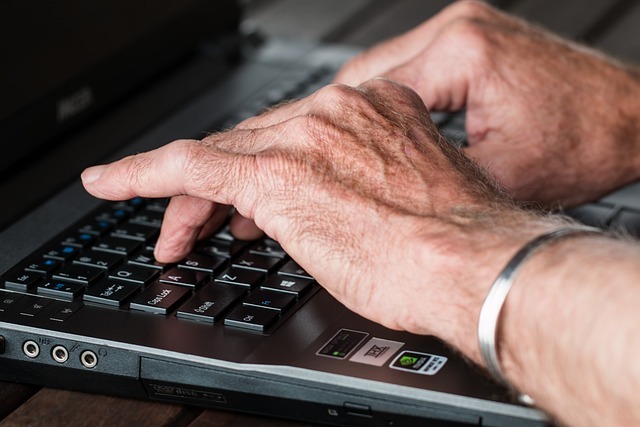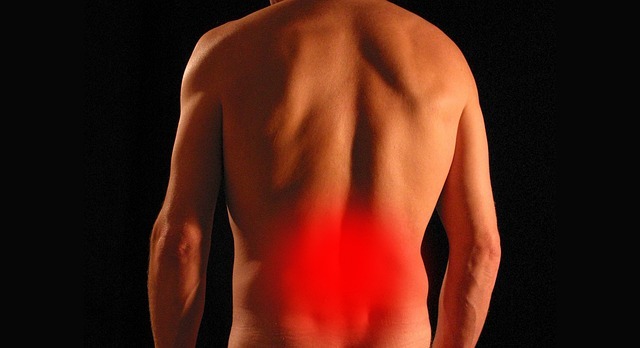
Arthritis: Tips and Treatments for Managing the Pain
Unlock the Secret to Conquering Arthritis Pain: Transform Your Life Today!
Are you battling the relentless discomfort of arthritis? Imagine a life where each step isn’t marred by pain, where every movement feels smoother, easier. Here’s how physical therapy can be your ally in this fight, offering both active and passive treatment methods tailored to ease your pain and enhance your mobility.
Understanding Arthritis: More Than Just Joint Pain
Arthritis isn’t merely about joint pain; it’s about the quality of life. It can transform simple tasks into daunting challenges. But with the right strategies, you can reclaim your life from arthritis.
Physical Therapy: Your Path to Pain-Free Living
Physical therapy stands at the forefront of effective arthritis management. It’s not just about exercises; it’s about understanding and nurturing your body. Here’s how physical therapy can make a difference:
- Gentle Movement and Stretching: Guided by a physical therapist, these exercises are tailored to your needs, ensuring they improve joint flexibility and reduce stiffness without aggravating your pain.
- Functional Movement Training: This isn’t about rigorous exercise routines. It’s about relearning how to perform daily activities in a way that minimizes joint stress and maximizes efficiency.
The Power of Passive Treatments for Arthritis in Physical Therapy
Sometimes, the best relief comes when you let a professional take the lead. Here’s where passive treatments shine:
- Pain Relieving Modalities: Techniques like ultrasound, TENS, and heat therapy can soothe your pain, reduce inflammation, and prepare your body for therapeutic exercises.
- Manual Therapy and Soft Tissue Work: Through skilled hands-on techniques, physical therapists can help release tight muscles, improve circulation, and enhance joint function.
- Joint Mobilizations: These gentle movements, performed by a physical therapist, can increase joint flexibility and decrease pain.
Tailored Treatment for Your Unique Journey
Every individual’s experience with arthritis is unique, which is why personalized treatment is key. Your physical therapy plan will be custom-crafted to address your specific pain points and mobility goals.
Your Next Steps to a Pain-Free Life
Imagine waking up to a day where arthritis doesn’t dictate your activities. Where each movement is a celebration, not a challenge. This can be your reality. Physical therapy offers a path to not just manage, but to thrive despite arthritis.
Ready to leave arthritis pain behind and rediscover the joy of movement? Our dedicated team at Physical Therapy & Sports Rehabilitation is here to guide you every step of the way. Book your appointment now and embark on your journey to a more vibrant, pain-free life!






